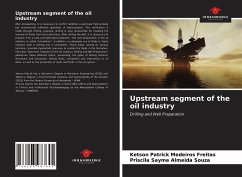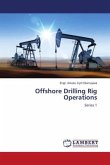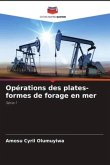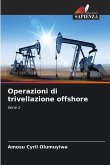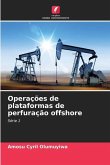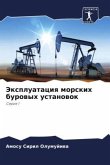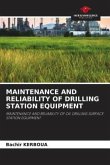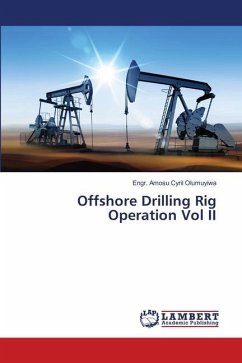After prospecting, it is necessary to confirm whether a particular field actually has economically sufficient quantities of hydrocarbons. This verification is made through drilling. Logically, drilling is also responsible for enabling the removal of fluids from the subsurface. After drilling the well, it is necessary to prepare it for a safe and optimized production. This well preparation, in the oil industry, is called "completion". In addition, an adequate use of fluids is highly relevant, both in drilling and in completion. These fluids, among its various functions, promote hydrostatic pressure to contain the fluids in the formation. The book "Upstream Segment of the Oil Industry: Drilling and Well Preparation" addresses these different topics, presenting: the types of drilling (vertical, directional and horizontal), drilling fluids, completion and intervention in oil wells, as well as the properties of rocks and fluids in the oil system.
